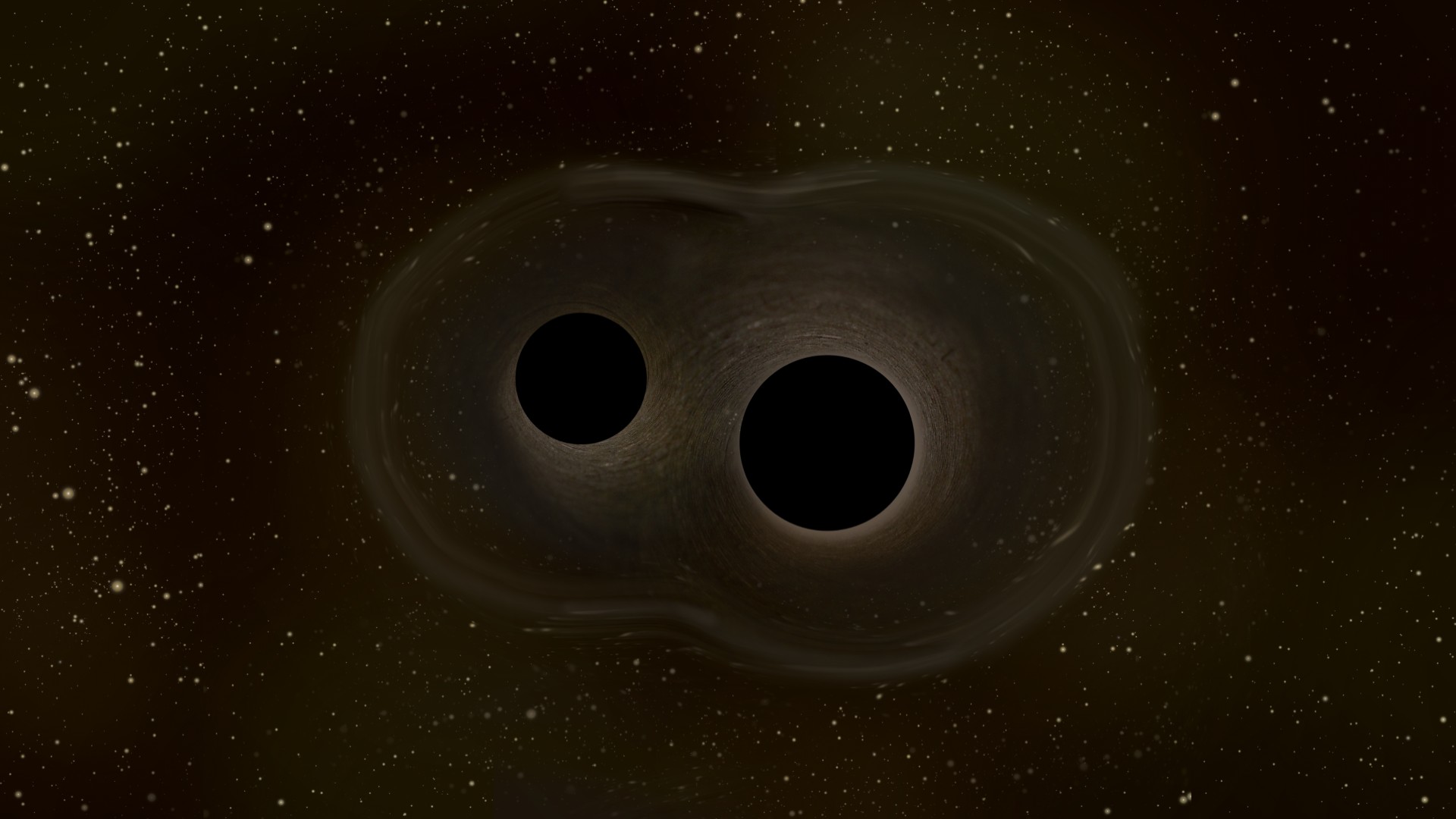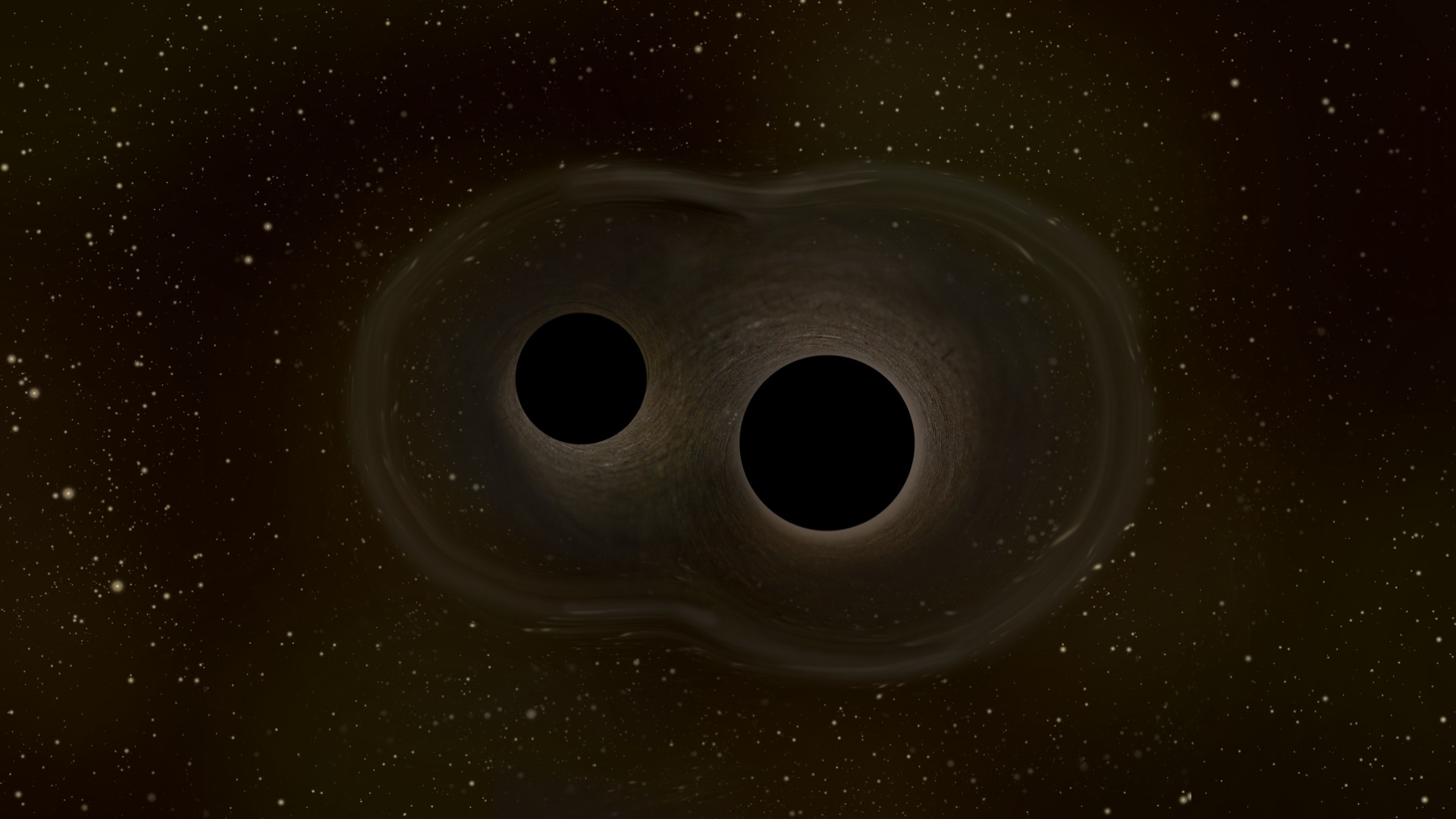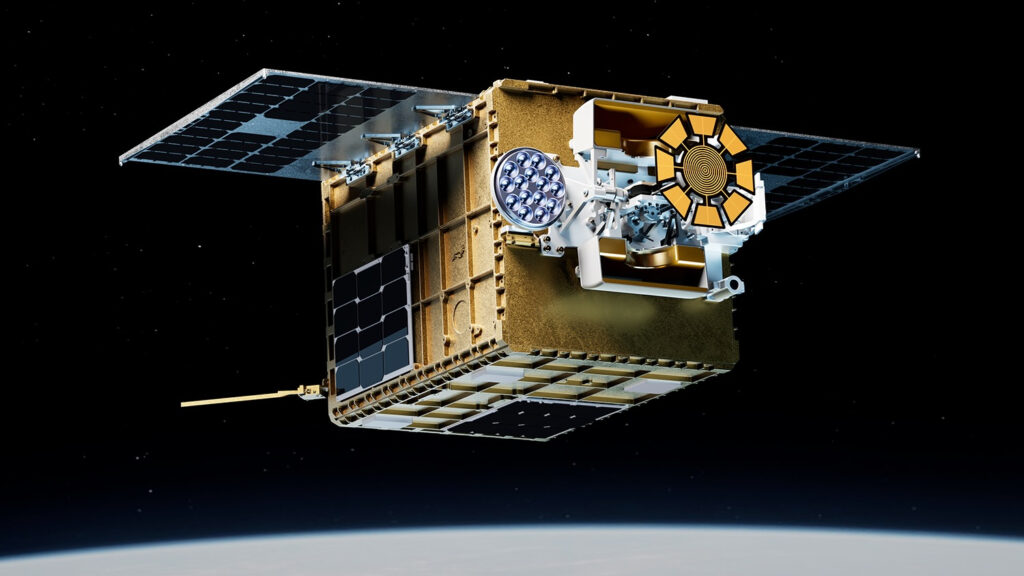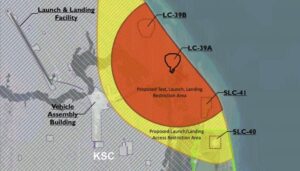Now Reading: Could black hole mergers finally solve the Hubble tension? Probably not
-
01
Could black hole mergers finally solve the Hubble tension? Probably not
Could black hole mergers finally solve the Hubble tension? Probably not


For years, cosmologists have been struggling with the “Hubble tension,” a disagreement between measurements of the present-day expansion rate of the universe. One promising solution to this predicament is the loss of mass as black holes merge. However, new research suggests this is unlikely to work, so the mystery remains.
In 2022, astronomers began to notice something strange with measurements of the Hubble constant, the unit of measurement used to describe the expansion rate of the universe. Values of the constant derived from observations of the early universe, like the cosmic microwave background, were significantly lower than measurements taken in the nearby, modern-day universe.
As the years have gone by, this discrepancy has only deepened, and cosmologists have been searching in vain for an explanation.
Cosmological models assume that the amount of matter in the universe remains constant, so one possibility to alleviate the tension is that matter in the universe is somehow disappearing. Several theories have proposed that dark matter may decay into an invisible form of radiation. However, we do not understand what dark matter is in the first place, so those ideas remain firmly hypothetical.
However, there is a known route to destroying matter: black holes. It’s not in the formation of black holes themselves. Matter that falls below an event horizon still exists; it’s just locked away from view. But when black holes merge, they convert an enormous amount of mass into pure energy, in the form of gravitational waves. A typical merger of two small black holes releases several suns’ worth of energy.
Those gravitational waves escape into the universe. The mass that created them no longer exists. We can directly measure gravitational waves with instruments like the Laser Interferometer Gravitational-Wave Observatory and indirectly see their influence through pulsar timing arrays. So this is a known, proven method for destroying matter in the universe.
But is it enough to account for the Hubble tension? Recently, a team of astrophysicists at Vanderbilt University set to work answering this question.
They found that, to destroy enough matter to explain the Hubble tension, black holes would have to merge at an unrealistic rate. We can estimate the real merger rate from the number of massive stars produced in the universe, how often they die and turn into black holes, and how efficiently they encounter each other.
RELATED STORIES:
The actual number of black hole mergers is roughly 10,000 times smaller than the number required to explain the Hubble tension. So, even if you account for significant uncertainties in estimating the black hole merger rate, it’s nowhere near enough, the researchers reported in a paper submitted to the preprint database arXiv.
While the results, which haven’t been peer-reviewed yet, don’t relieve the Hubble tension, they still represent an important step. When confronted with any mystery, great or small, scientists must examine every possibility and turn over every stone, like cosmic detectives. Only through slow, persistent, careful work will we find the answers to our most elusive mysteries.
Stay Informed With the Latest & Most Important News
Previous Post
Next Post
-
 01From Polymerization-Enabled Folding and Assembly to Chemical Evolution: Key Processes for Emergence of Functional Polymers in the Origin of Life
01From Polymerization-Enabled Folding and Assembly to Chemical Evolution: Key Processes for Emergence of Functional Polymers in the Origin of Life -
 02Panasonic Leica Summilux DG 15mm f/1.7 ASPH review
02Panasonic Leica Summilux DG 15mm f/1.7 ASPH review -
 03Two Black Holes Observed Circling Each Other for the First Time
03Two Black Holes Observed Circling Each Other for the First Time -
 04How New NASA, India Earth Satellite NISAR Will See Earth
04How New NASA, India Earth Satellite NISAR Will See Earth -
 05And Thus Begins A New Year For Life On Earth
05And Thus Begins A New Year For Life On Earth -
 06Astronomy Activation Ambassadors: A New Era
06Astronomy Activation Ambassadors: A New Era -
07SpaceX launch surge helps set new global launch record in 2024


















